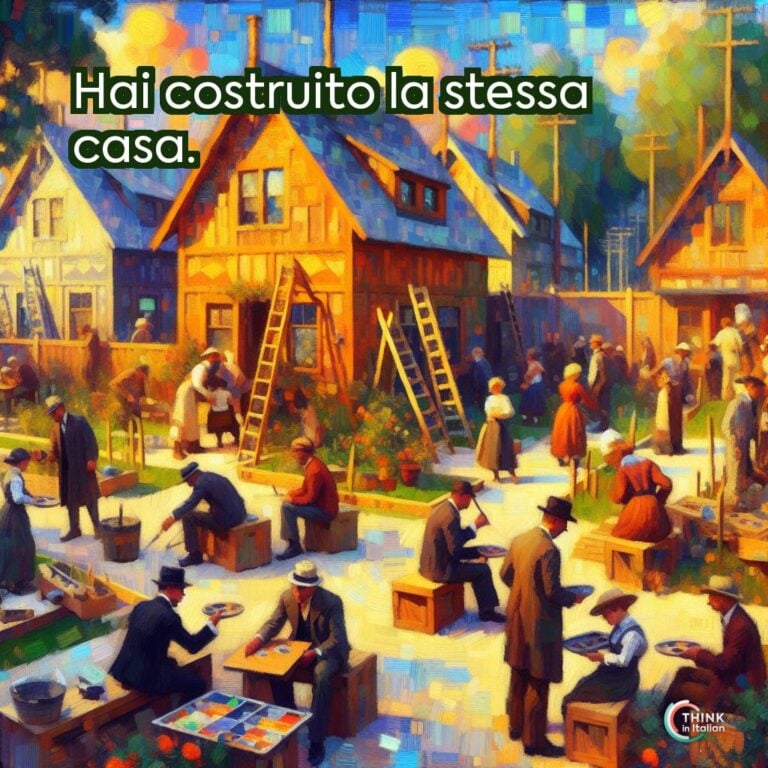Stesso in Italian
The Italian term stesso is both an adjective and a pronoun. Depending on its use, it has different grammatical functions and shades of meaning.
As an adjective, it is used to indicate identity or sameness, translating as “same” or “identical” in English. As a pronoun, it is used to emphasize reflexive pronouns, as in se stesso (oneself).
Of course, keep in mind that it must agree in gender and number with the noun it modifies, both when it is used as an adjective and as a pronoun.
Also, stesso can be found in idiomatic expressions to emphasize or reinforce the subject or object of a sentence. Let me show you a couple of examples before I dive into a detailed explanation:
Abbiamo avuto la stessa idea.
We’ve had the same idea.
Dovete smettere di pensare solo a voi stessi.
You have to stop thinking about yourself only.
Non parlare con lui, parla con il manager stesso.
Don’t talk to him, talk to the manager himself.
Stesso
As an Adjective
When used as an adjective, stesso means “same” or “identical”, and it must agree in gender and number with the noun it modifies.
Abbiamo lo stesso libro.
We have the same book.
Stavo ascoltando la stessa canzone.
I was listening to the same song.
If you want to refer specifically to someone, you can use the following structure:
definite article + possessive + stesso
Of course, stesso must agree in gender and number to the noun.
This structure is used to highlight that the subject or object is not just any, but specifically the same that is associated with the one that has been mentioned, adding emphasis to underline that it is that exact same one.
Hai i suoi stessi occhi.
You have the same eyes as him.
Hai le mie stesse scarpe.
You have the same shoes as me.
Avete i nostri stessi problemi.
You have the same problems as us.
As a Pronoun
The first thing I want to underline here is a main grammatical distinction among reflexive pronouns.
As you might know already, Italian has many reflexive verbs that require reflexive pronouns. These reflexive pronouns are mi, ti, si, ci, vi, si and are used to indicate that the subject is performing an action on itself, as in io mi lavo (I wash myself).
There is also another type of reflexive pronouns in Italian: tonic forms, as they are called in linguistics. These forms are me, te, sé, noi, voi, sé and are used either when pronouns stand alone or after a preposition, as in l’ha fatto da sé (he did it by himself).
Stesso can be added after these tonic pronouns or any noun to further reinforce the subject or object of that sentence, as if you wanted to metaphorically put it in contrast with something else.
Non te la prendere con te stessa.
Don’t blame yourself.
Ho dato la mancia al cameriere stesso.
I tipped the waiter himself.




